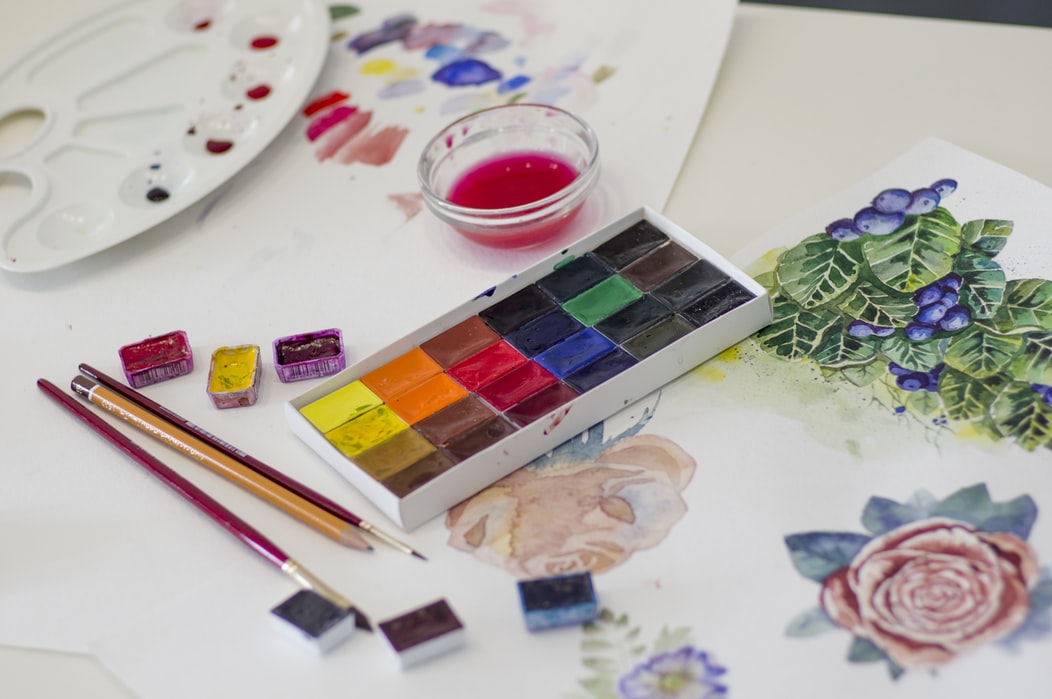- MON-FRI 8:30 - 5:00 PM | SAT 9:00 - 4:00 PM
- 07 3397 9011
As far as jargons go, we call the glass that goes on top of the frame ‘glazing’ in the industry. A good framer will tell you about the kind of glazings available and what makes them different from each other. Before you take your pick, it is a good idea to weigh your options.
We will answer some common questions first.
Non-reflective glasses do exactly what their nomenclature suggests—they don’t allow light to reflect on their surface. Or well, at least reduce the amount of light reflected. Have you ever been blinded while trying to enjoy a framed photograph or artwork? It happens at certain angles due to a lack of diffusion. Non-reflective glasses help because their surface isn’t as smooth—it is etched through the process of acid bathing.
The catch: A low-quality non-reflective glass will make your image look duller because of refraction.

“Photolysis is the type of photodissociation wherein a compound is decomposed by light or other forms of radiant energy.” – Fundamentals of Air Pollution (Fifth Edition), 2014.
You may have noticed old photos that have turned dull or lost their original colours. This discolouration happens due to photolysis—when the chemical bond of the colour molecules break-up. You may be surprised to learn that it’s not just the sun that gives of UVs. Fluorescent and incandescent lights at home do it too.
To ensure that your memories don’t fade away, it is a good idea to invest in UV-reflective glass. Watercolour paintings are very susceptible to UV damage as well. You wouldn’t want all that hard work going to waste.

The question that arises after all that background knowledge is whether or not you want to preserve the framed photograph or artwork for a long time.
1. Clarity Glass – This glass won’t provide you with the same colour protection as the conservation quality options. It is, however, a great option for those who prioritise a non-reflective glass for a great visual experience.
• Blocks up to 70% UV Rays
• Superior Clarity
• Non-reflective properties
2. Plain Glass – This glass is a good choice for those who want something cheap and convenient. It is also perhaps ideal for those who like changing their home décor often.
• Blocks up to 46% UV Rays
We hope this helped you decide which framing glass is right for you. We know that sometimes people prefer seeking advice from a real person instead of reading a blog. You can call us on 07 3397 9011 for a more personalised form of consultation. You can also email us at info@valuepictureframing.com.au.